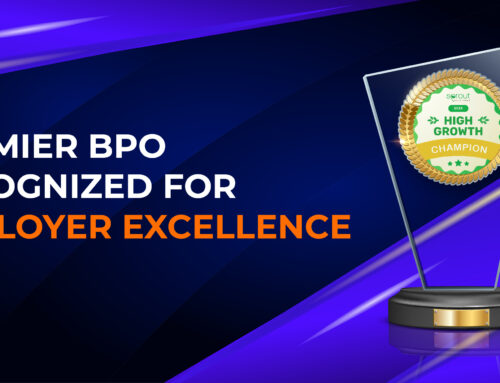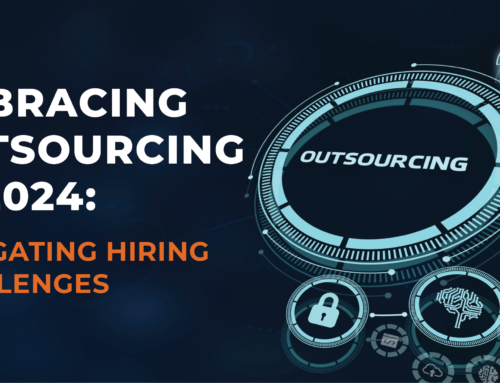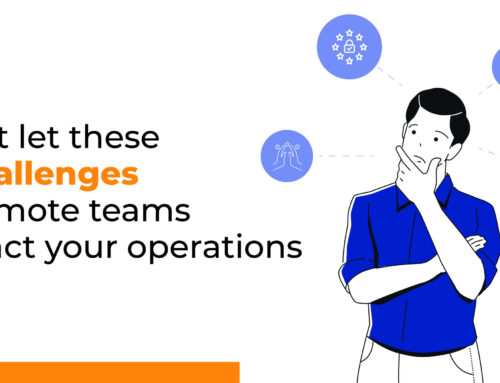We currently live in the era of specialization where you can’t manage everything with utmost efficiency. Secondly, a “manage it all yourself” approach detracts you from core business objectives. You end up losing more than you may have saved.
Presently, Managed Service Providers (MSPs) are one of the best and most cost efficient ways of entrusting some of your processes to a specialized third party. It won’t be wrong to say that the very birth of MSP started from IT but now, the domain has expanded.
In this post, we will highlight some key factors you should consider when engaging the services of an MSP for your IT services in particular.
Considerations to Outsource IT to a Trusted MSP

Track-Record
MSP is all about delivering on what you promise. It is seldom the case, especially when service providers that do not have a proven track record are involved. Instead of going for cost savings, engage an MSP that may be a tad costlier but has a sound track record.
Compliance
IT and related services are becoming heavily regulated across the globe. You will have to gauge your industry specific compliance requirements and ascertain whether the MSP has both the capability and capacity for meeting those compliance criteria.
Cyber Security
This is a very crucial aspect of your IT infrastructure. Evaluate your cyber security needs thoroughly and gauge whether the MSP fulfills key requirements such as firewalls, intrusion detection, malware protection and network monitoring to name a few.
Integration
Gauge how well the tools and instruments of your MSP integrate with your on premise, preinstalled solutions. In case there are integration issues, how effectively can these be overcome, without compromising of any of the key performance indicators (KPIs).
Go Slow Approach
In case you are switching your MSP or engaging one for the first time, you don’t need to go all in with the services. Instead, adopt a staggered approach where you first entrust the MSP with some services and build on from there, if the performance is up to speed.
Service Level Agreement (SLA)
This is a very important document in the whole arrangement. Be sure to incorporate all key facets of the arrangement in the SLA, including the possible contingencies. The responsibilities of the MSP should be laid down in clear and simple terms.
Scalability
When your business is growing, your IT infrastructure will also grow alongside. How well equipped is your MSP, both in terms of capacity and resources to accommodate this growth. Expansion is not a very good time to be switching your MSP.
Strategic Partnership
Your MSP is not just a service provider, but a stakeholder if you see this arrangement in broad terms. How keen and willing is your MSP to go the extra mile in facilitating you to achieve your business goals. If that is the case, you have surely hit the jackpot.
Quantify Deliverables
Any arrangement, whether involving and MSP or otherwise, needs to be comprised of milestones and performance parameters that are easily quantifiable. These parameters should be well understood by both parties to the arrangement and documented.
Cloud Capabilities
This is a very crucial aspect of present day MSP arrangements as sooner or later, cloud powered services will be incorporated to varying degrees. You should chose an MSP that is well prepared and equipped to integrate cloud based solutions into the service.
Conclusion
MSPs are a lifeline for small and medium sized businesses (SMB) that lack the resources, time and in house expertise to manage complex IT environments. By considering the above factors, you are highly likely to land an MSP that will actually make your life easier.
 Skip to content
Skip to content





